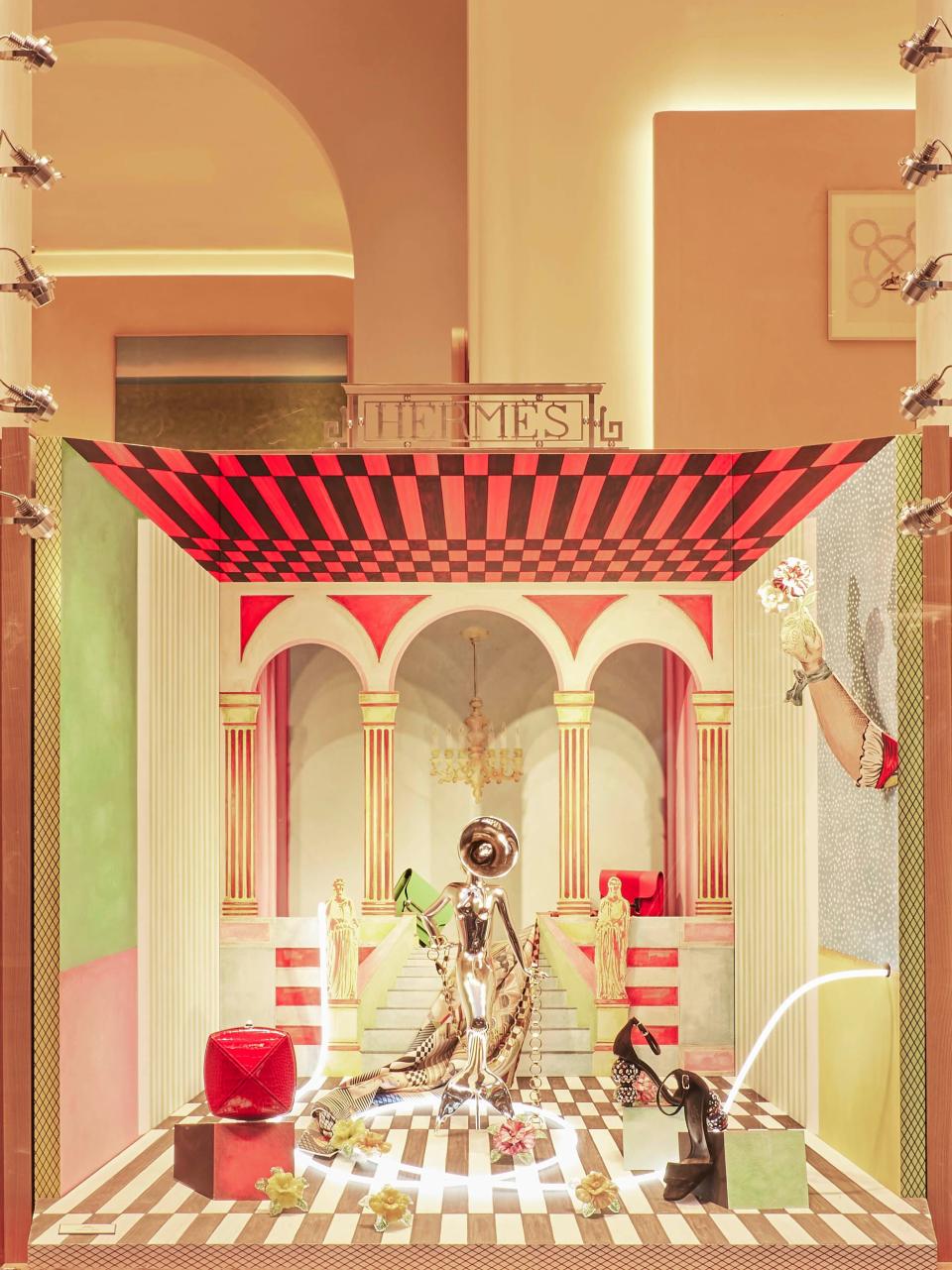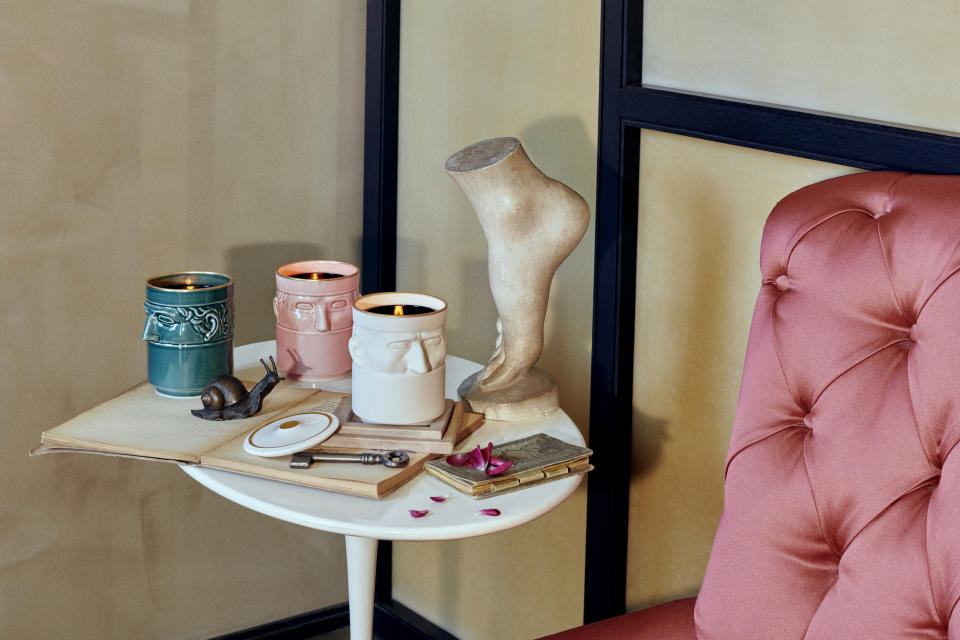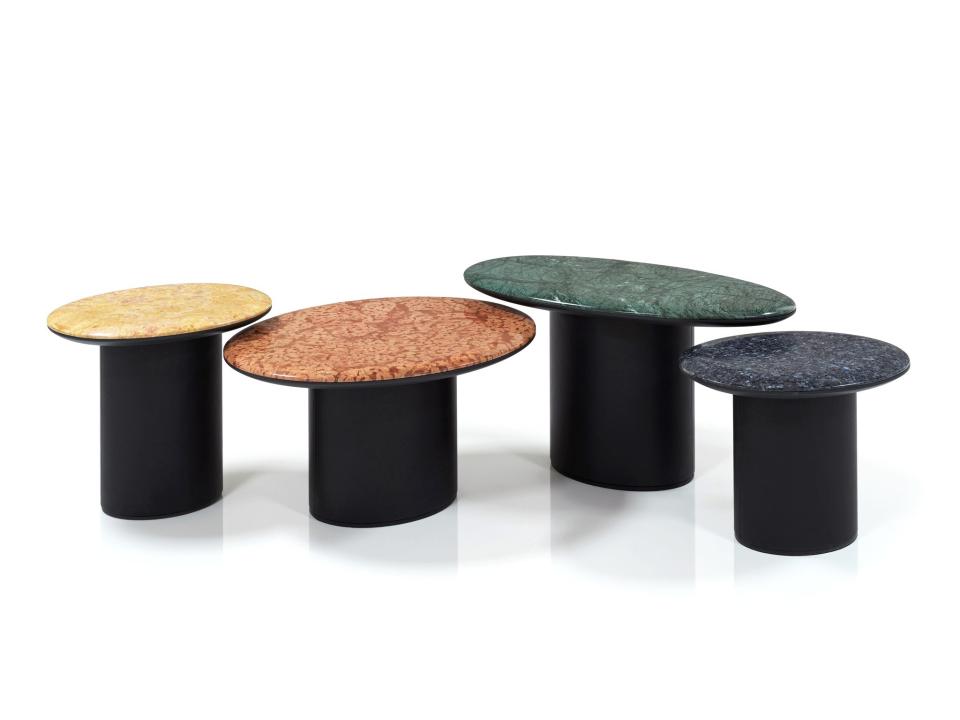Designer Luca Nichetto Seeks Beauty Within Function

MILAN — “Design is about relationships,” said design sensation Luca Nichetto, speaking over the phone ahead of his arrival in Milan for Design Week.
That assumption pretty much sums up the Stockholm-based Italian designer’s 15-year career, one that he built upon forging ties with international design firms, artisans, and craftsmen from around the world, as well as with personalities from outside design circles, convinced that his work practice would benefit from broadened horizons.
More from WWD
Nichetto’s design aesthetic and ethos evolved over time — influenced by the encounters and experiences he had since founding his Nichetto Studio firm in 2006 — but part of his creative vision was already there since his childhood years growing up in Murano, the island on the Venetian lagoon renowned for its glassmaking tradition.
“I was very lucky to grow up in Murano, I’m sure my origins brought me right where I am today. I’ve never actually decided to become a designer, it happened because of fortuitous events in my life and thanks to people who have believed in me,” the designer said. “Growing up I was accustomed to seeing a sketch being turned into glassware daily, it was like going grocery shopping.”
Although he confessed to not being quite ready to return to the frenzied pace of Milan Design Week, he’s eager to enjoy the social life around the event, which often spurs new collaborations, and to unveil several projects. These include the first IRL presentation of his latest designs for Wien-based furniture company Wittmann, as well as his third collaboration with Hermès on a window display concept marking the reopening of that brand’s flagship on Via Montenapoleone, for which he used his signature surrealist touch.
Drawing from the “Hermès Human Odyssey” theme, he developed an installation titled “Mythological Renaissance,” reinterpreting four mythological tales for which he conscripted Italian painters and craftsmen, “combining Italian know-how and French heritage,” he explained. In keeping with his penchant for the Murano glassmaking tradition, he also tapped Venice-based artisans for the window’s flooring and details.

Courtesy of Nichetto Studio
In what is probably the most anticipated project, Nichetto has also developed a collection of home fragrance holders in partnership with storied homeware and porcelain brand Ginori 1735, in which product design, perfume making, cinematic storytelling and Caterina de’ Medici all played a role.
Tasked with developing a collection meant to include scented candles, incense burners, room diffusers and candle snuffers, he started obsessing over the link between Florence and the art of perfume-making; Caterina de’ Medici moving to the French court to marry Henri d’Orléans, Duke of Aumale and taking with her Renato Bianco, her master perfumer; the aesthetics of Lucha Libre masks; the illustrations of Jean-Paul Goude, and graffiti art, as well as Sofia Coppola’s lexicon and Baz Luhrmann’s 1996 movie “Romeo + Juliet.”
Far from orchestrating the project as a nostalgic look back at the noblewoman’s heyday, Nichetto envisioned a modern-day trip across countries and continents, associating each home fragrance object in the collection to a peculiar character with an anthropomorphic appearance — the lover, the Amazon, the friar, the scholar and more — and thus spawning a story around them.

Courtesy of Ginori 1735
“Working in tandem with heritage companies with such a strong legacy as Ginori always makes a difference, this time also pushing myself as a designer to explore a lifestyle rather than design-oriented approach,” Nichetto said of the collaboration, on which he trained his decorative muscles.
“Decoration is ingrained in my DNA, as a kid from Murano, with a mother who worked as a glass decorator, it’s part of who I am. When I was in school, decorations were seen as ‘evil’ and it’s only when I started becoming more self-confident that they returned to be part of my lexicon,” he said.
Recognizing and celebrating the arts and crafts of his native land also inspired Nichetto to curate an exhibition in Venice, which is kicking off in conjunction with Milan Design Week and the Venice Film Festival. Called “Empathic. Discovering a Glass Legacy,” and held at the Punta Conterie Art Gallery, the exhibit gathers limited-edition glass objects realized by fellow designers including Ini Archibong, Noé Duchaufour-Lawrance, GamFratesi, Benjamin Hubert, Richard Hutten, Elena Salmistraro and Marc Thorpe. They were all invited by Nichetto to exalt the artistic value of Murano glass.
During his academic years studying industrial design at Venice’s architecture university IUAV, Nichetto dreamed of following in the footsteps of the great Italian design masters from the 1960s and 1970s.
“I belong to the third or fourth generation of designers who came after the great Italian masters. We grew up with the myth and obsession of being able to design an icon, a hero product [seen] as the only way to get noticed and recognized,” he said, adding that from the 1980s Italian designers began to be overshadowed by other international names who became popular with design firms.
In 2010, after moving with his wife to Stockholm, he set up an atelier there, which works in tandem with his team in Venice, and that perception shifted, partially due to the fact that design had a higher recognition in Sweden, where home furniture is often imbued with design references, “maybe in part thanks to Ikea,” he said with a chuckle.
In Sweden, Nichetto expanded his body of work, collaborating with U.S.-based piano manufacturing company Steinway & Sons on a limited-edition design, as well as with Hermès on the window displays for the luxury brand’s revamped flagship store in Venice in 2018, to name a few.
Sweden has certainly helped Nichetto free himself from preconceived ideas on how to build his career, all the while offering ways to understand and fully embrace the union between function and shape — or “beauty in function,” as he put it — as well as implement sustainability in his design process.
For example, in 2007 his partnership with Swedish furniture design company Offecct shined a light on sustainability, as the company forced Nichetto to revise his design for the Robo chair to meet the brand’s strict environmental requirements.

Courtesy of Nichetto Studio
“Design has always lagged behind fashion in terms of embracing trends, but when it comes to sustainability, we did it first,” he said. “We cannot underestimate that any new artifact entails a certain amount of pollution, so I see the green challenge as directed toward trying to minimize the impact, to waste as little as possible,” he offered, while noting that consumption of design pieces stands significantly below that of fashion.
Best of WWD
Sign up for WWD's Newsletter. For the latest news, follow us on Twitter, Facebook, and Instagram.

